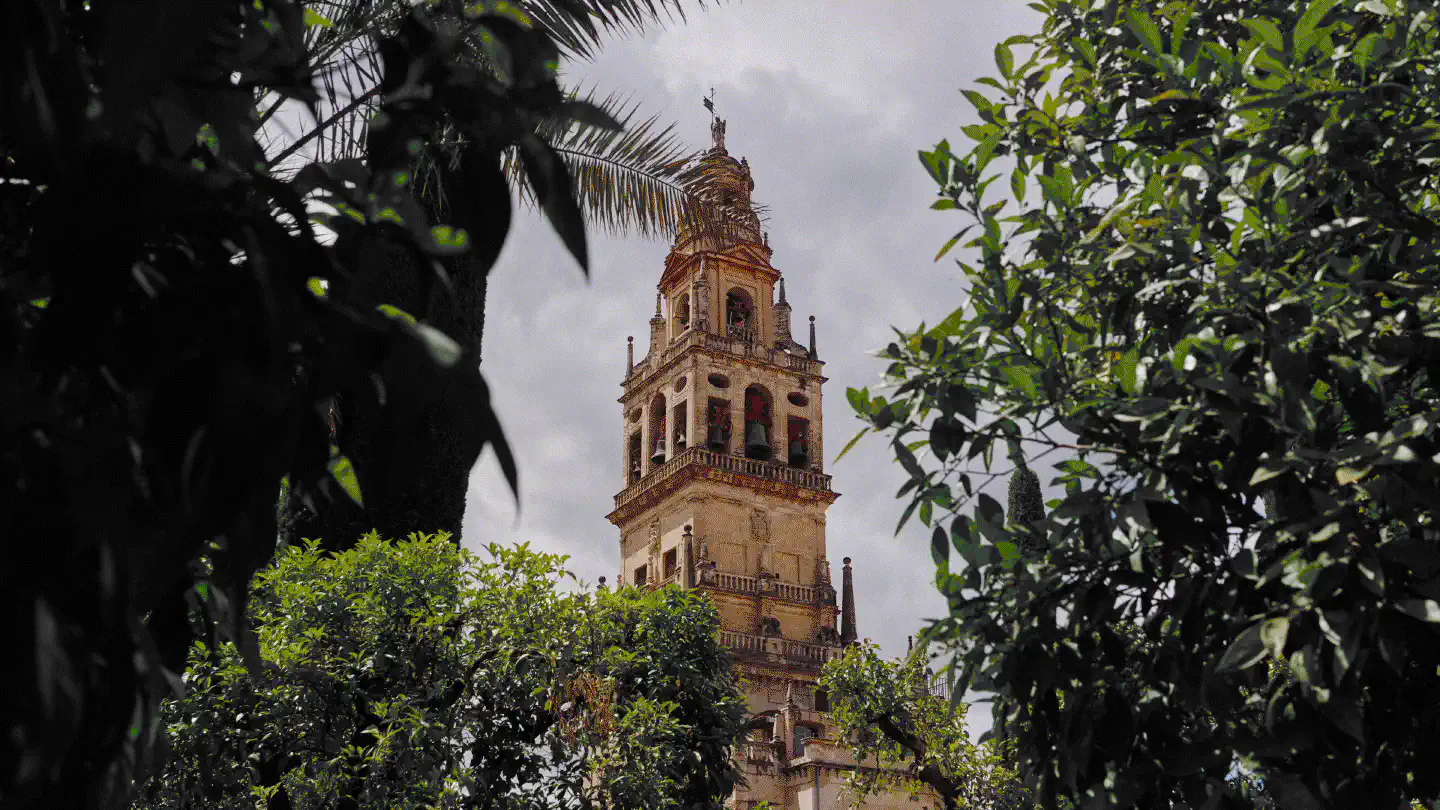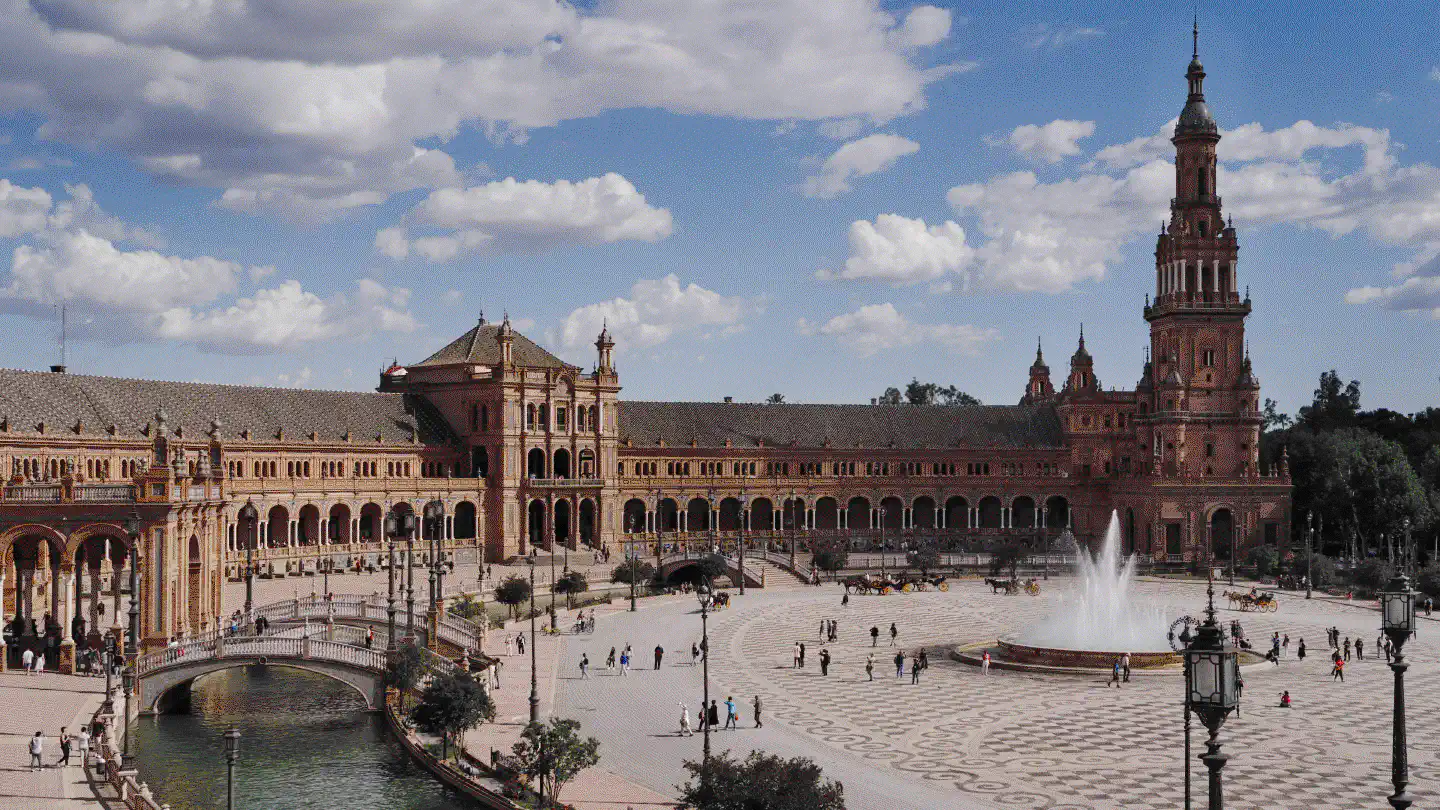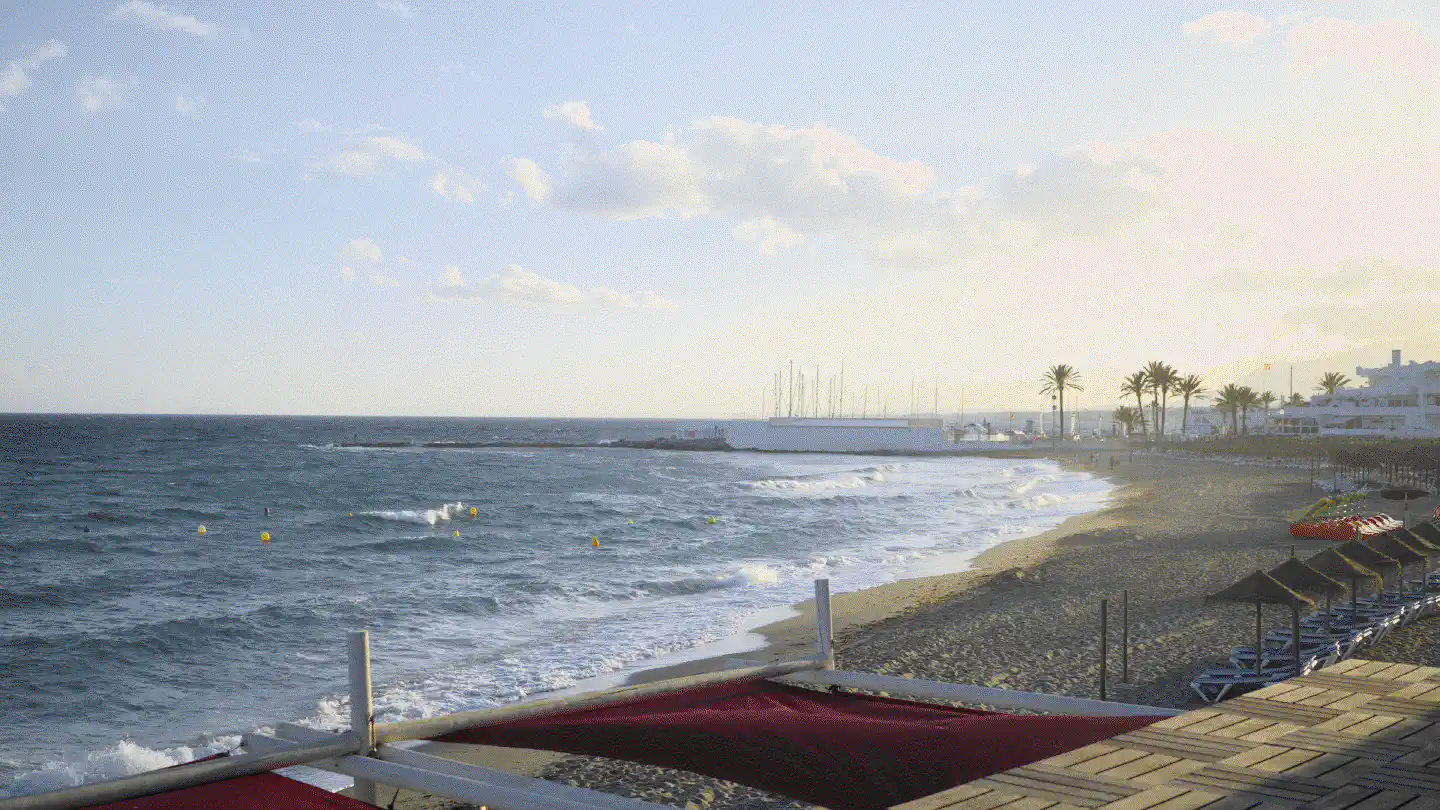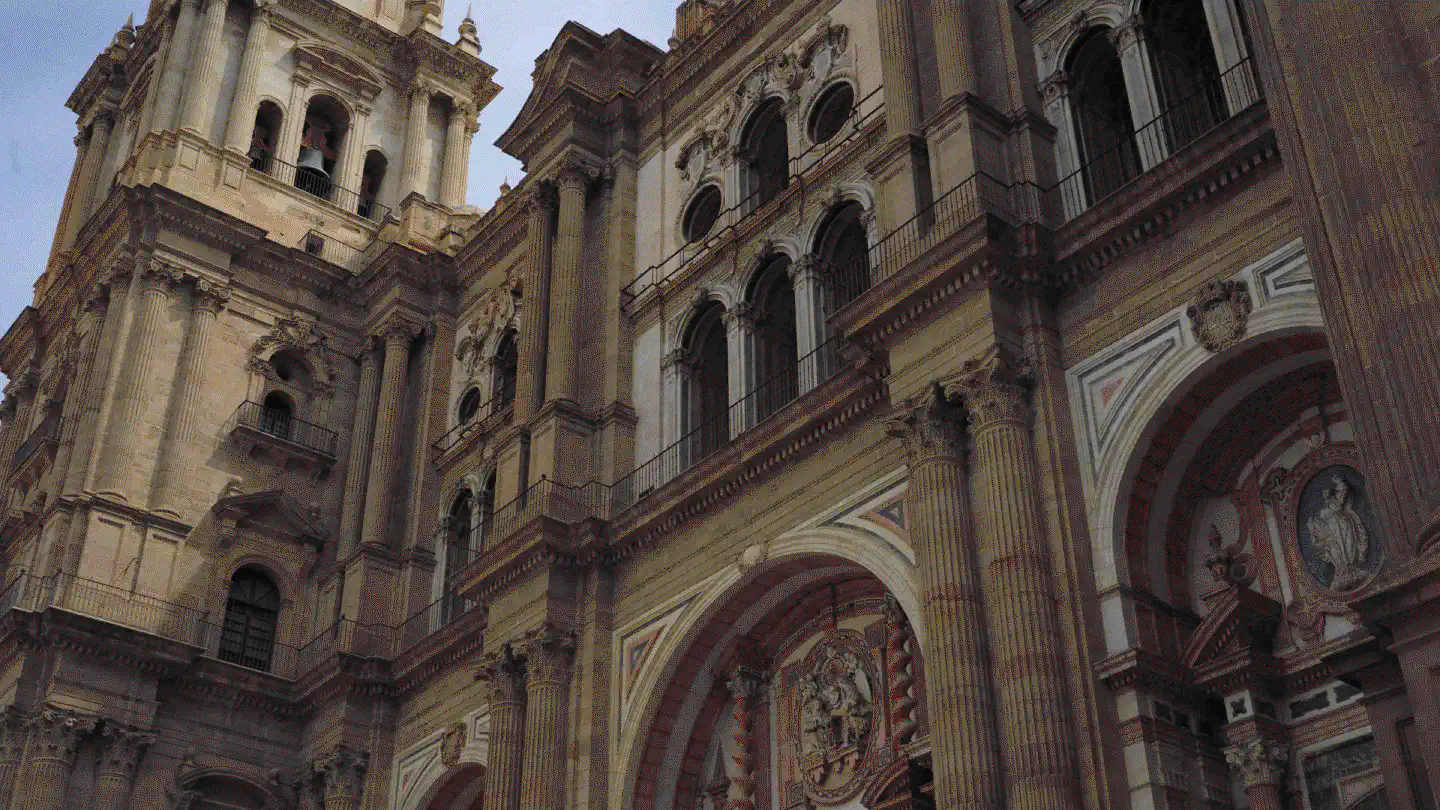- Córdoba, Spain
25 Jul '24
“Córdoba, is a city in Andalusia, Spain, and the capital of the province of
Córdoba. It is the third most populated municipality in Andalusia.”
- Seville, Spain
11 Jul '24
“Seville is the capital and largest city of the Spanish autonomous community
of Andalusia and the province of Seville. It is situated on the lower reaches
of the River Guadalquivir, in the southwest of the Iberian Peninsula.”
- El Puerto de Santa Maria, Spain
10 Jul '24
“El Puerto de Santa María, locally known as El Puerto and historically in
English as Port Saint Mary, is a municipality of Spain located on the banks of
the Guadalete River in the province of Cádiz, Andalusia. As of 2016, the city
has a population of c. 88,184, of which some 50,000 live in the urban center,
and the remainder in the surrounding areas.”
- Gibraltar, United Kingdom
23 Jun '24
“Gibraltar is a British Overseas Territory and city located at the southern
tip of the Iberian Peninsula. It has an area of 6.7 km2 (2.6 sq mi) and is
bordered to the north by Spain (Campo de Gibraltar).”
- Marbella, Spain
13 Jun '24
“Marbella is a city and municipality in southern Spain, belonging to the
province of Málaga in the autonomous community of Andalusia. It is part of the
Costa del Sol and is the headquarters of the Association of Municipalities of
the region; it is also the head of the judicial district that bears its name.”
- Málaga, Spain
30 May '24
“Málaga is a municipality of Spain, capital of the Province of Málaga, in the
autonomous community of Andalusia. With a population of 578,460 in 2020, it is
the second-most populous city in Andalusia and the sixth most populous in the
country. It lies in Southern Iberia on the Costa del Sol of the Mediterranean,
primarily in the left bank of the Guadalhorce. The urban core originally
developed in the space between the Gibralfaro Hill and the Guadalmedina.”
 “Córdoba, is a city in Andalusia, Spain, and the capital of the province of Córdoba. It is the third most populated municipality in Andalusia.”
“Córdoba, is a city in Andalusia, Spain, and the capital of the province of Córdoba. It is the third most populated municipality in Andalusia.” “Seville is the capital and largest city of the Spanish autonomous community of Andalusia and the province of Seville. It is situated on the lower reaches of the River Guadalquivir, in the southwest of the Iberian Peninsula.”
“Seville is the capital and largest city of the Spanish autonomous community of Andalusia and the province of Seville. It is situated on the lower reaches of the River Guadalquivir, in the southwest of the Iberian Peninsula.” “El Puerto de Santa María, locally known as El Puerto and historically in English as Port Saint Mary, is a municipality of Spain located on the banks of the Guadalete River in the province of Cádiz, Andalusia. As of 2016, the city has a population of c. 88,184, of which some 50,000 live in the urban center, and the remainder in the surrounding areas.”
“El Puerto de Santa María, locally known as El Puerto and historically in English as Port Saint Mary, is a municipality of Spain located on the banks of the Guadalete River in the province of Cádiz, Andalusia. As of 2016, the city has a population of c. 88,184, of which some 50,000 live in the urban center, and the remainder in the surrounding areas.” “Gibraltar is a British Overseas Territory and city located at the southern tip of the Iberian Peninsula. It has an area of 6.7 km2 (2.6 sq mi) and is bordered to the north by Spain (Campo de Gibraltar).”
“Gibraltar is a British Overseas Territory and city located at the southern tip of the Iberian Peninsula. It has an area of 6.7 km2 (2.6 sq mi) and is bordered to the north by Spain (Campo de Gibraltar).” “Marbella is a city and municipality in southern Spain, belonging to the province of Málaga in the autonomous community of Andalusia. It is part of the Costa del Sol and is the headquarters of the Association of Municipalities of the region; it is also the head of the judicial district that bears its name.”
“Marbella is a city and municipality in southern Spain, belonging to the province of Málaga in the autonomous community of Andalusia. It is part of the Costa del Sol and is the headquarters of the Association of Municipalities of the region; it is also the head of the judicial district that bears its name.” “Málaga is a municipality of Spain, capital of the Province of Málaga, in the autonomous community of Andalusia. With a population of 578,460 in 2020, it is the second-most populous city in Andalusia and the sixth most populous in the country. It lies in Southern Iberia on the Costa del Sol of the Mediterranean, primarily in the left bank of the Guadalhorce. The urban core originally developed in the space between the Gibralfaro Hill and the Guadalmedina.”
“Málaga is a municipality of Spain, capital of the Province of Málaga, in the autonomous community of Andalusia. With a population of 578,460 in 2020, it is the second-most populous city in Andalusia and the sixth most populous in the country. It lies in Southern Iberia on the Costa del Sol of the Mediterranean, primarily in the left bank of the Guadalhorce. The urban core originally developed in the space between the Gibralfaro Hill and the Guadalmedina.”